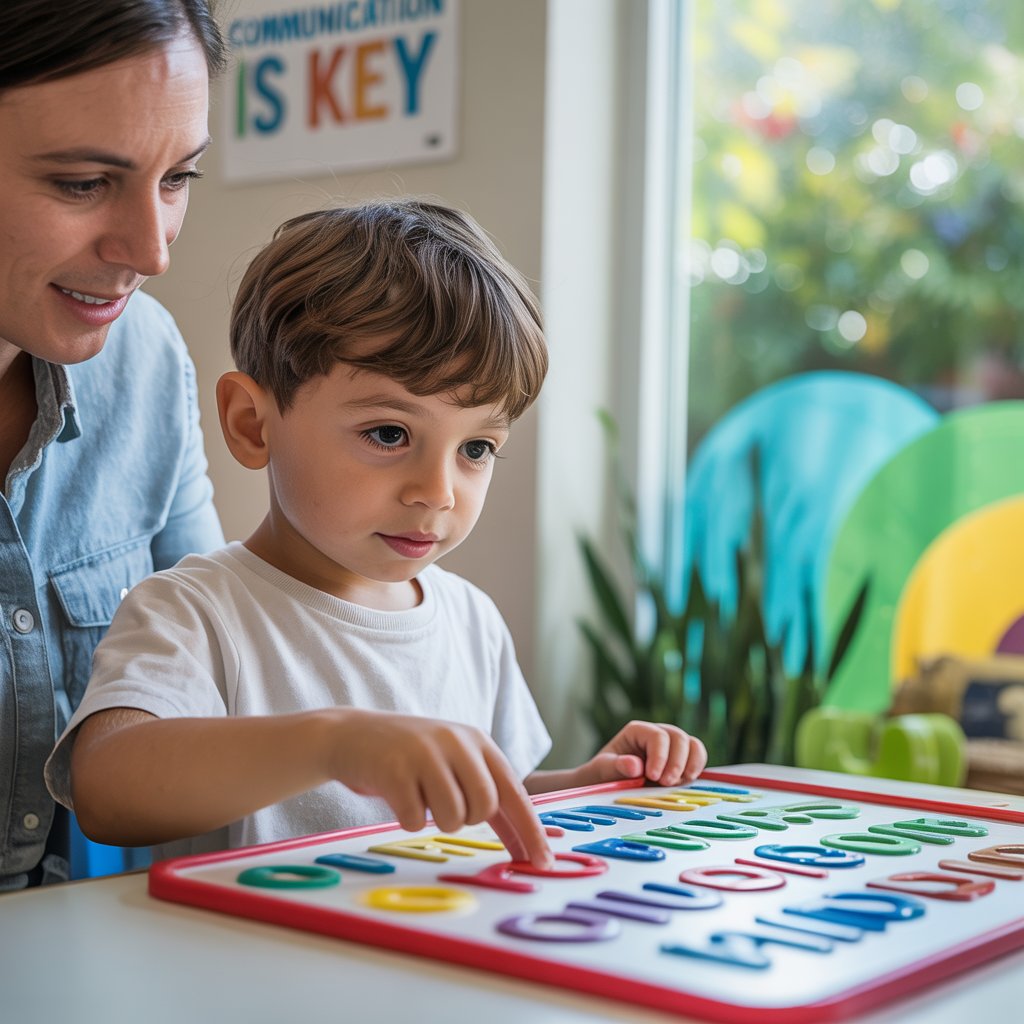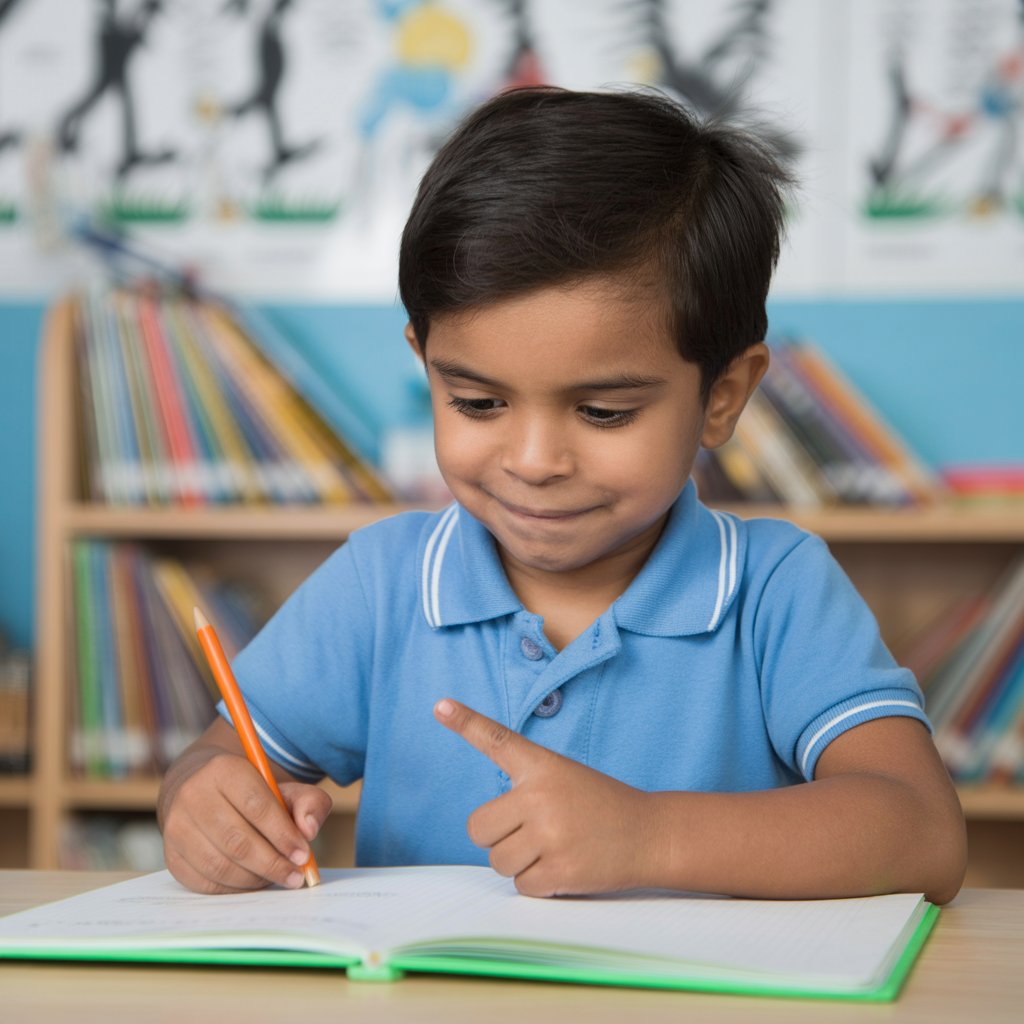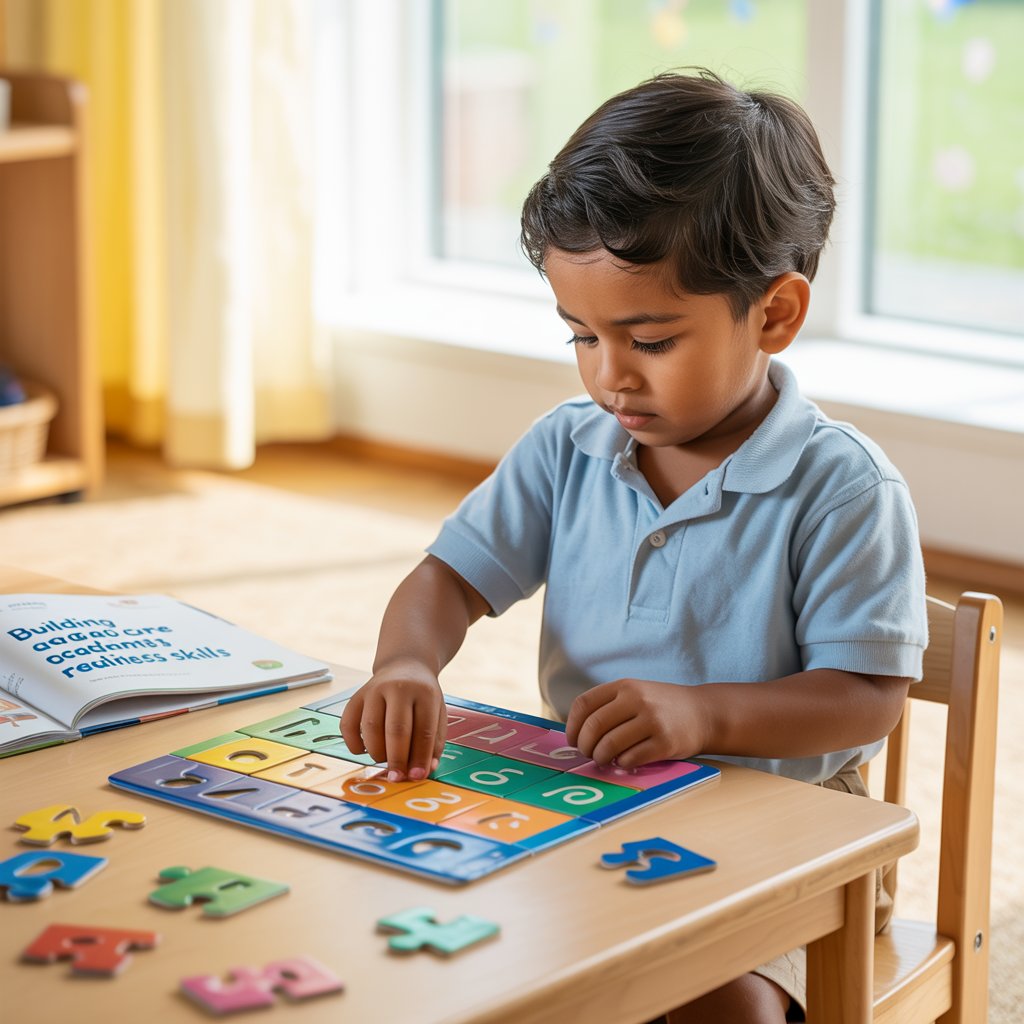Technology and Sleep Aids for Autistic Children
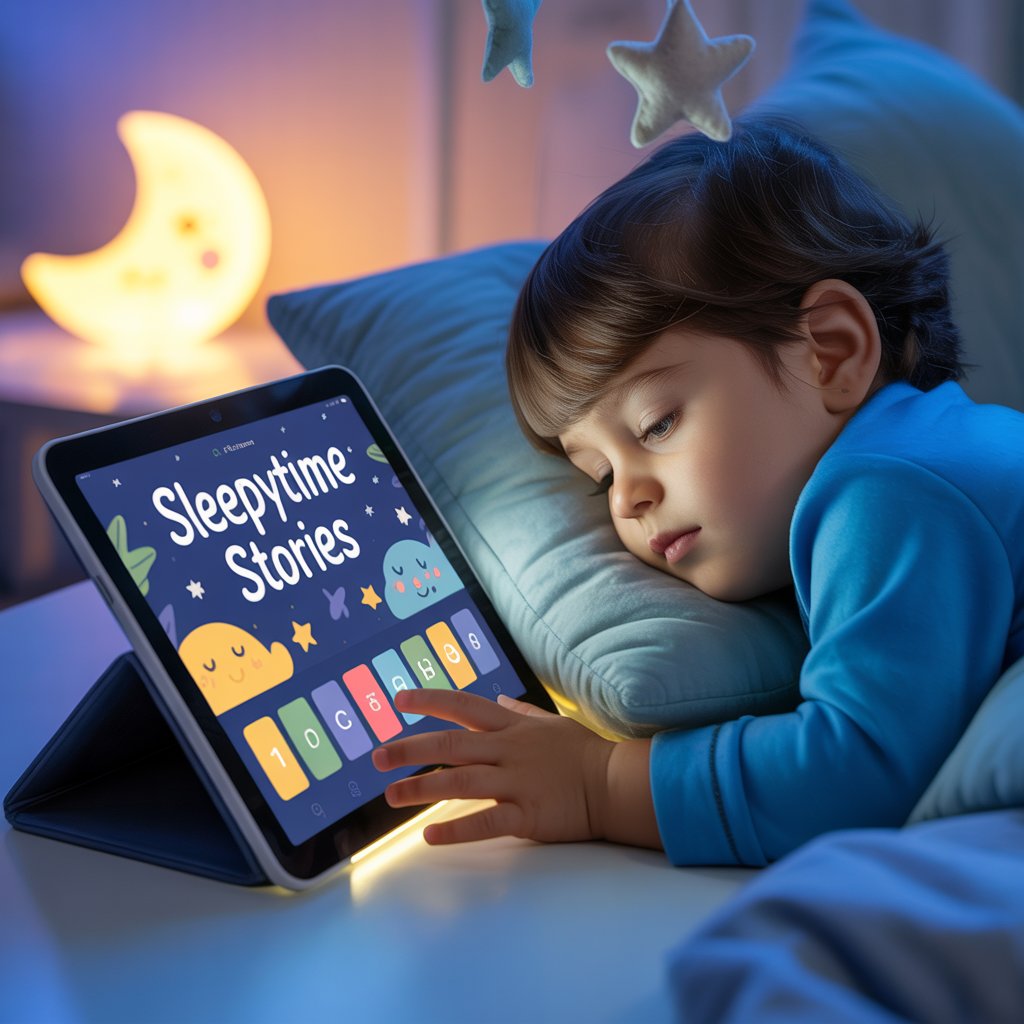
Apps designed for autistic children's sleep needs
Getting your autistic child to sleep isn't just about establishing a bedtime routine. Sometimes, technology can be your best friend. There's a whole world of apps specifically created for autistic kids who struggle with sleep.
The Dreamland Sleep app offers customizable visual schedules that walk children through their bedtime routine with familiar images and gentle reminders. Many parents tell me it's been a game-changer for reducing bedtime anxiety.
Calm for Kids includes sleep stories with adjustable sensory elements - your child can control the background sounds, voice volume, and even the pace of the narration. This sense of control can be incredibly soothing for autistic children.
Sleep Genius was actually developed using research from NASA to help astronauts fall asleep in space! It uses specially designed acoustic algorithms that help guide the brain through natural sleep cycles.
For older kids who respond well to data, Sleep Tracker Junior visualizes sleep patterns in simple, colorful charts. Many autistic children appreciate seeing their progress displayed this way.
Remember to try these apps yourself first before introducing them to your child. What works for one autistic child might not work for another.
Smart devices that can improve sleep quality
Smart technology has revolutionized how we approach sleep challenges for autistic children. These aren't just fancy gadgets – they're practical solutions that address specific sensory needs.
Weighted blankets with smart features now exist that can adjust pressure throughout the night based on your child's movements. The Gravity Blanket 2.0 connects to an app that monitors sleep quality and adjusts accordingly.
Smart lighting systems like the Hue Sleep system gradually dim in the evening, triggering natural melatonin production. You can program them to match your child's exact schedule and sensory preferences.
Temperature-regulating mattress pads like the ChiliPad have been life-savers for many families. Autistic children often have specific temperature needs for comfortable sleep, and these smart devices maintain the perfect temperature all night.
Sound-sensitive night lights that respond to noise levels can provide just enough illumination when your child wakes up disoriented, without being overwhelming.
Smart watches designed for children with autism, like the iBand+, can track sleep cycles and gently vibrate to wake your child at the optimal point in their sleep cycle, making mornings much smoother.
These devices aren't cheap, but many parents say they're worth every penny. Start with one that addresses your child's most pressing sleep challenge.
When and how to use melatonin safely
Melatonin has become a popular sleep aid for autistic children, but it's not something to try without guidance. I always tell parents to think of it as a tool in your toolbox, not a magic solution.
First, always consult with your pediatrician or developmental specialist before giving melatonin to your child. They can recommend the appropriate dosage based on your child's specific needs.
Typically, the effective dose for children is much lower than for adults – often between 0.5mg and 3mg. Starting with the lowest possible dose is always the safest approach.
Timing matters enormously. Give melatonin about 30-60 minutes before bedtime, not right at bedtime or in the middle of the night. The goal is to help set the body's internal clock, not knock your child out.
Look for pharmaceutical-grade melatonin products. Since melatonin is sold as a supplement, quality can vary widely between brands. Products labeled "USP Verified" meet strict quality standards.
Most importantly, melatonin works best when used alongside behavioral strategies, not as a replacement. Keep maintaining that consistent bedtime routine, even on nights when you use melatonin.
Many families find that occasional use is more effective than nightly use, as the body can develop tolerance over time. Some doctors recommend cycling – using it for a few weeks, then taking a break.
White noise machines and other sound solutions
The right sound environment can make all the difference for autistic children struggling with sleep. White noise machines aren't just trendy sleep accessories – they're powerful tools that mask unpredictable environmental sounds that can trigger sensory overload.
The Hatch Rest sound machine stands out because it combines white noise with a night light and time-to-rise feature, creating a complete sensory sleep system. Many autistic children respond well to this multi-sensory approach.
Pink noise is worth trying if white noise feels too harsh. It has lower frequencies than white noise and sounds more like steady rainfall. The LectroFan Evo offers both options so you can find what works best.
Personalized sound playlists can be incredibly effective. Some autistic children sleep better with specific sounds – whether it's ocean waves, fan sounds, or even vacuum cleaner noise. Apps like MyNoise let you create custom soundscapes tailored to your child's preferences.
Sound pillows with built-in speakers deliver calming sounds directly where your child rests their head, which can be less overwhelming than room-filling sound machines.
For children with extreme sound sensitivity, consider noise-cancelling headphones designed for sleep, like CozyPhones. They're flat enough to sleep on comfortably and can block out disturbing household sounds.
The trick is finding the right volume – loud enough to mask disruptive noises but not so loud it becomes a distraction itself. Every autistic child has unique sound preferences, so be ready for some trial and error.
Getting your autistic child to sleep isn't just about establishing a bedtime routine. Sometimes, technology can be your best friend. There's a whole world of apps specifically created for autistic kids who struggle with sleep.
The Dreamland Sleep app offers customizable visual schedules that walk children through their bedtime routine with familiar images and gentle reminders. Many parents tell me it's been a game-changer for reducing bedtime anxiety.
Calm for Kids includes sleep stories with adjustable sensory elements - your child can control the background sounds, voice volume, and even the pace of the narration. This sense of control can be incredibly soothing for autistic children.
Sleep Genius was actually developed using research from NASA to help astronauts fall asleep in space! It uses specially designed acoustic algorithms that help guide the brain through natural sleep cycles.
For older kids who respond well to data, Sleep Tracker Junior visualizes sleep patterns in simple, colorful charts. Many autistic children appreciate seeing their progress displayed this way.
Remember to try these apps yourself first before introducing them to your child. What works for one autistic child might not work for another.
Smart devices that can improve sleep quality
Smart technology has revolutionized how we approach sleep challenges for autistic children. These aren't just fancy gadgets – they're practical solutions that address specific sensory needs.
Weighted blankets with smart features now exist that can adjust pressure throughout the night based on your child's movements. The Gravity Blanket 2.0 connects to an app that monitors sleep quality and adjusts accordingly.
Smart lighting systems like the Hue Sleep system gradually dim in the evening, triggering natural melatonin production. You can program them to match your child's exact schedule and sensory preferences.
Temperature-regulating mattress pads like the ChiliPad have been life-savers for many families. Autistic children often have specific temperature needs for comfortable sleep, and these smart devices maintain the perfect temperature all night.
Sound-sensitive night lights that respond to noise levels can provide just enough illumination when your child wakes up disoriented, without being overwhelming.
Smart watches designed for children with autism, like the iBand+, can track sleep cycles and gently vibrate to wake your child at the optimal point in their sleep cycle, making mornings much smoother.
These devices aren't cheap, but many parents say they're worth every penny. Start with one that addresses your child's most pressing sleep challenge.
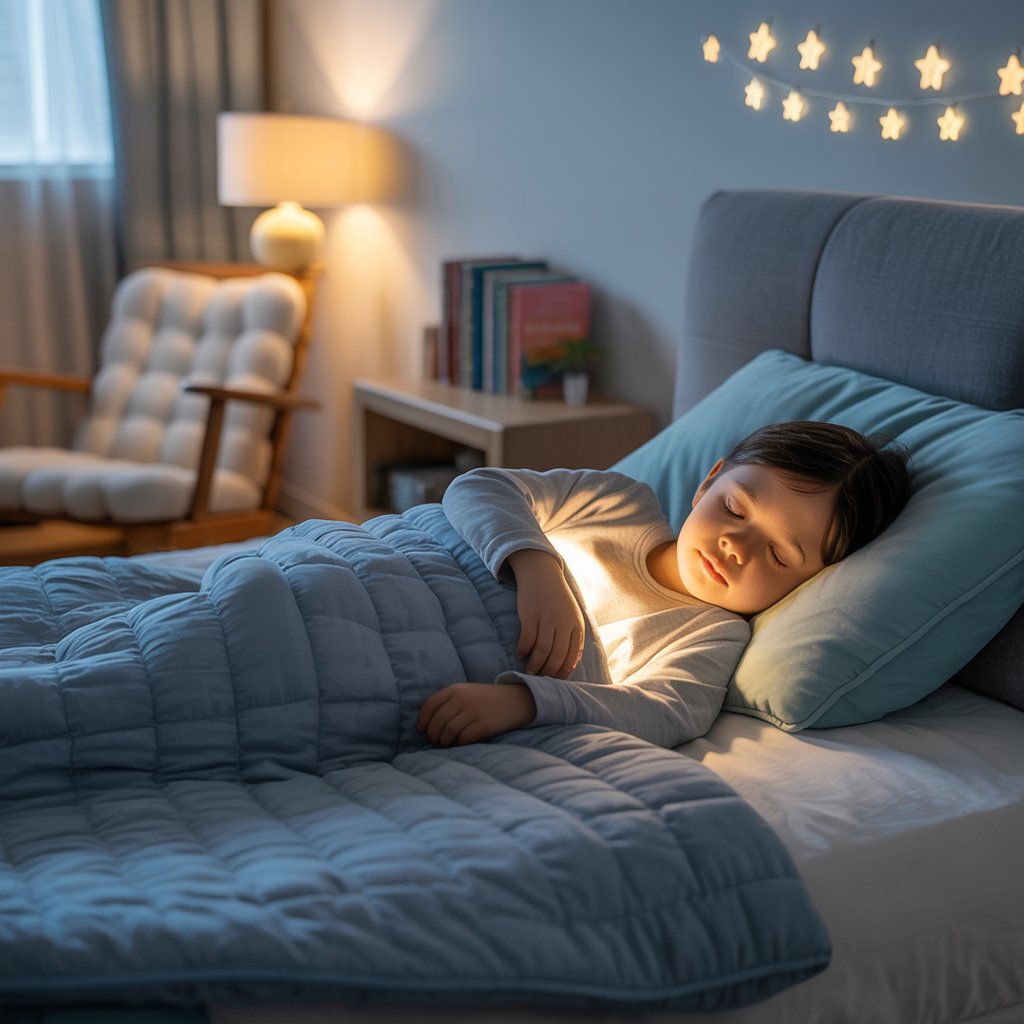
When and how to use melatonin safely
Melatonin has become a popular sleep aid for autistic children, but it's not something to try without guidance. I always tell parents to think of it as a tool in your toolbox, not a magic solution.
First, always consult with your pediatrician or developmental specialist before giving melatonin to your child. They can recommend the appropriate dosage based on your child's specific needs.
Typically, the effective dose for children is much lower than for adults – often between 0.5mg and 3mg. Starting with the lowest possible dose is always the safest approach.
Timing matters enormously. Give melatonin about 30-60 minutes before bedtime, not right at bedtime or in the middle of the night. The goal is to help set the body's internal clock, not knock your child out.
Look for pharmaceutical-grade melatonin products. Since melatonin is sold as a supplement, quality can vary widely between brands. Products labeled "USP Verified" meet strict quality standards.
Most importantly, melatonin works best when used alongside behavioral strategies, not as a replacement. Keep maintaining that consistent bedtime routine, even on nights when you use melatonin.
Many families find that occasional use is more effective than nightly use, as the body can develop tolerance over time. Some doctors recommend cycling – using it for a few weeks, then taking a break.
White noise machines and other sound solutions
The right sound environment can make all the difference for autistic children struggling with sleep. White noise machines aren't just trendy sleep accessories – they're powerful tools that mask unpredictable environmental sounds that can trigger sensory overload.
The Hatch Rest sound machine stands out because it combines white noise with a night light and time-to-rise feature, creating a complete sensory sleep system. Many autistic children respond well to this multi-sensory approach.
Pink noise is worth trying if white noise feels too harsh. It has lower frequencies than white noise and sounds more like steady rainfall. The LectroFan Evo offers both options so you can find what works best.
Personalized sound playlists can be incredibly effective. Some autistic children sleep better with specific sounds – whether it's ocean waves, fan sounds, or even vacuum cleaner noise. Apps like MyNoise let you create custom soundscapes tailored to your child's preferences.
Sound pillows with built-in speakers deliver calming sounds directly where your child rests their head, which can be less overwhelming than room-filling sound machines.
For children with extreme sound sensitivity, consider noise-cancelling headphones designed for sleep, like CozyPhones. They're flat enough to sleep on comfortably and can block out disturbing household sounds.
The trick is finding the right volume – loud enough to mask disruptive noises but not so loud it becomes a distraction itself. Every autistic child has unique sound preferences, so be ready for some trial and error.





